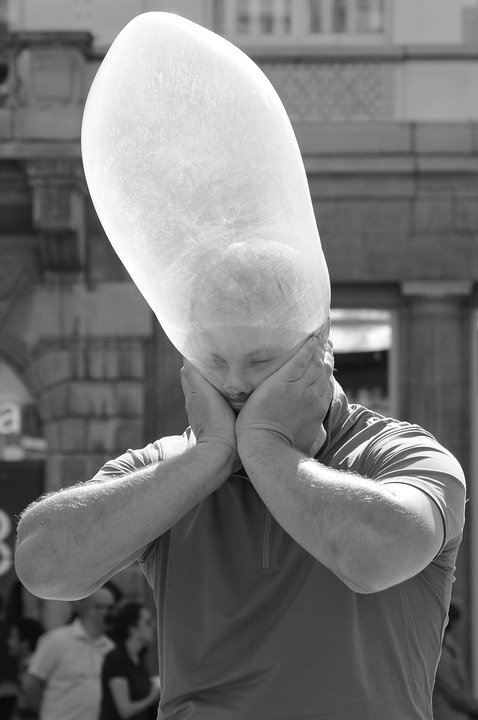 The cerebellum is a small but mighty part of the brain that plays a crucial role in coordinating movement, balance, and posture. Despite its relatively small size, the cerebellum is made up of billions of neurons and is responsible for a wide range of functions that are essential for everyday activities.
The cerebellum is a small but mighty part of the brain that plays a crucial role in coordinating movement, balance, and posture. Despite its relatively small size, the cerebellum is made up of billions of neurons and is responsible for a wide range of functions that are essential for everyday activities.One of the key functions of the cerebellum is to help us maintain our balance and coordination. This is achieved through complex interactions between the cerebellum and other parts of the brain, such as the cerebral cortex and the brainstem. When we walk, run, or even just stand still, the cerebellum is constantly working behind the scenes to ensure that our movements are smooth and coordinated.
In addition to its role in movement and balance, the cerebellum also plays a crucial role in cognitive functions such as attention, language, and emotional regulation. Recent research has shown that damage to the cerebellum can lead to a variety of cognitive impairments, including difficulties with attention, language, and emotional regulation.
Despite its importance, the cerebellum is often overlooked in discussions about the brain. This is partly due to its small size and location at the back of the brain, which makes it less visible than other parts of the brain such as the cerebral cortex. However, recent advances in neuroimaging techniques have allowed researchers to study the cerebellum in more detail, uncovering the mysteries of this fascinating brain structure.
One of the key mysteries of the cerebellum is how it is able to coordinate movement with such precision. Studies have shown that the cerebellum receives input from various sensory systems, such as the vestibular system in the inner ear, as well as visual and proprioceptive feedback from the muscles and joints. This information is then processed by the cerebellum to generate precise motor commands that control our movements.
Another mystery of the cerebellum is its role in cognitive functions such as attention and language. Research has shown that the cerebellum is connected to regions of the brain that are involved in these functions, and damage to the cerebellum can lead to deficits in attention and language processing. This suggests that the cerebellum plays a key role in integrating sensory information and coordinating cognitive functions with motor actions.
Recent studies have also shed light on the role of the cerebellum in emotional regulation. It is now believed that the cerebellum is involved in processing emotional information and regulating emotional responses. Damage to the cerebellum has been linked to mood disorders such as depression and anxiety, further highlighting the importance of this brain structure in emotional processing.
In conclusion, the cerebellum may be small in size, but it plays a crucial role in coordinating movement, balance, and cognitive functions. Recent research has uncovered some of the mysteries of the cerebellum, revealing its key role in integrating sensory information and coordinating motor and cognitive functions. By studying the cerebellum in more detail, researchers hope to gain a better understanding of how this fascinating brain structure works and how it can be targeted for therapeutic interventions in neurological disorders.

You might be interested in learning more about the cerebellum and its functions. Speaking of the cerebellum, you might be interested in this Wikipedia article that provides detailed information about this fascinating brain structure. If you want to dive deeper into the role of the cerebellum in coordinating movement and balance, you can check out this article on cerebellar ataxia. The mysteries of the cerebellum are slowly being uncovered through research, and understanding its functions can provide insights into neurological disorders.



